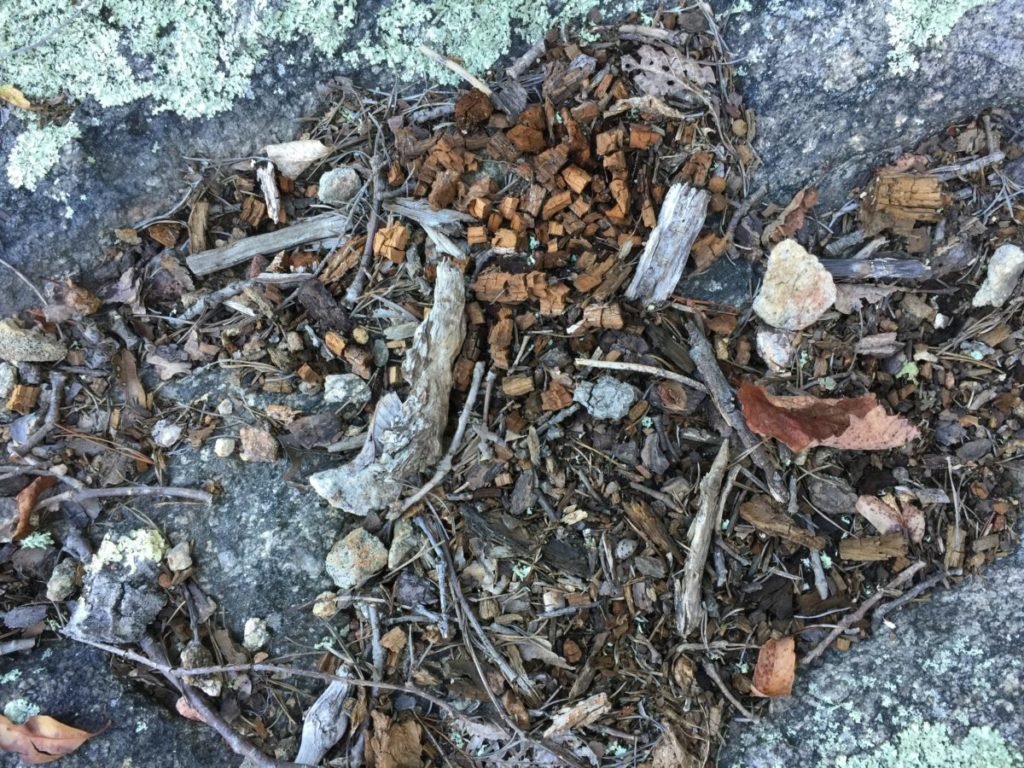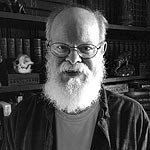
In this time of social distancing, I have opened the box as Pandora must have done; 1500 pieces dumped like a pestilence onto the table, but like school children, all begging to know their place. During my working life there were business conundrums enough, but now in seclusion (which is a more positive word than quarantine), I have turned to picture puzzles. 3-D puzzles don’t have the same attraction to me because once you figure out the ‘trick’ you tend to remember it, the fun is gone. And besides they seem head-splittingly mathematical. Same with crosswords, once done they’re done.
I remember my father setting up a card table amongst the mounds of discarded Christmas wrap. A puzzle box would appear and he’d invite me and my siblings to gather around for our few days home from college or work. It was his way to have us rub elbows before dispersing to our distant and busy lives.
Only after my dad’s death did I learn from an older cousin that as a young man he would glue a picture, from a magazine I assume, to a board. Then he’d jigsaw willy-nilly, as it seemed to her, a puzzle. I don’t remember him making them when I was young, but box-kites for my older brother and doll furniture for my sister who was into such things. The dark battleship gray jigsaw was always on the bench in his basement shop
In this time of social distancing, I am reminded of The Decameron, (1353) by Giovanni Boccaccio (1313-1375). As plague ravaged Florence, ten young people meet in the church of Santa Maria Novella to decide how they should escape the city. During their subsequent ten day sleepover in the country, they entertain each other with stories. Each person tells a story every evening for one hundred tales in all.
There are, of course, numerous literary works on various plagues from Daniel Defoe’s semi-fictional Journal of a Plague Year (1722) to Ann Benson’s The Plague Tales (2011). One is also reminded of Chaucer’s The Canterbury Tales (1476) influenced by The Decameron, which is also comprised of a series of stories. Karen Maitland’s historical fiction, A Company of Liars (2009) takes us back to the same plague (1348) as avoided in The Decameron.
Santa Maria Novella is known today as a tourist stop for its interior art by some of the most accomplished artists of the Renaissance, but the distinctive façade by Léon Battista Alberti was constructed after Boccaccio’s time. But for me, sitting where those young people sat makes Santa Maria Novella one of my personal “awe-places.” (Yes, I re-read The Decameron while staying only a few blocks away.)
The uninitiated to The Puzzle Club may not fully appreciate the seriousness of this piece by piece making or more accurately re-making: all those pieces, all that time invested only to destroy the end product, only to disassemble those pieces to their original jumble, returned to the box, to the closet, to the primeval dark. As with the sand paintings of Tibetan Buddhists monks, puzzles are a concrete illustration of mindfulness and impermanence. Discipline and patience are definitely two characteristics helpful for a good puzzler. (How else to refer to the person engaged in the art?)
So how do we begin? There need not be a complex strategy, but much self-challenging pleasure can be derived from the strategy chosen. Grand Masters of this endeavor (grumpy grandpas, perhaps) allow only a limited study of the box-top picture. Thereafter, after the work begins, they refuse to be coerced by friend, wife or grandchild to peek at the photograph (solution) again. Instead of an actual opponent as in chess, the puzzler is by definition trying to conquer the unruly scatter of pieces that seem like an archaeologist’s potsherds begging to be brought back together into a vessel.
You can think of the pieces as a kind of roshambo: that is, the game of rock, paper, scissors. The factors here are color, shape, and orientation. While assembling the puzzle one quality usually beats the others. In the end, however, they have to cease their squabbling and scramble into place. The Grand Master, of course, considers all three at once, wagering on none as just about every piece in a rewarding puzzle surprises.
Generally agreed, the first thing to do is to identify pieces that have at least one straight edge, two are considered a prize and are set aside. No doubt some clever manufacturer has produced a round or wavy edged product just to be mean. Doing this eliminates 1,442 candidates for the ‘border.’ The 158 edge pieces are usually not difficult to assemble into a frame (It is a picture after all). This window, or canvas if you like, just needs to be filled with color. In fact, this first step could be done with the drab gray or brown back-sides facing up because shape and orientation are the primary concerns.
My strategy is to switch my mind from shape (determining the border) to color, dividing all pieces according to their dominant color. For sure there are multicolored pieces, blends, overlaps and enigmas. The latter classification has its own pile like outlaws, outliers and misfits. This taxonomy helps establish relationships and thus, efficiency. I use the box top and bottom as trays.
Not to cliché this puzzle making too much, I must briefly mention the metaphoric aspects of this activity. It is additive like life, like sewing a quilt, furniture making, like assembling a locomotive, like combining ingredients for a peach and raspberry cobbler, like wisdom as one hopes. We derive pleasure from the accomplishment as well as the photograph depicted from Renoir’s The Bathing Party to stone arches in the Canyonlands National Park, mischievous cats or “a flea in a snow storm.” Some artists’ works are more challenging than others; compare Frank Stella or Jasper Johns with Gustave Klimt or Jackson Pollack. Each piece could represent a ‘day-in-the-life’ or more accurately every three weeks of one’s life. This is true of a ninety-year-old puzzler working on a 1500 piece puzzle. In this time of social distancing, staying home to work on a puzzle might be the best way to do our part to resolve the specter that is our anxiety.
Do the easy pieces first, following design elements such as rooflines, curves of a still life vase, the arms of a goddess, thus whittling down the number of pieces you have to consider. Near the end you may want to return to looking for shapes as you fill in the holes in the sky, the missing flowers at lower left. And always there is orientation; realizing that puzzle usually have a grid-like tessellation with pieces that have four possible orientations. Convinced that two pieces go together (because of color match) you note the inny and outies of the sides, turning them round and round in disbelief.
Nearing the end, you hope there are no missing pieces. They seem like drains of enthusiasm, the imperfection excruciating, until you realize the joke life continually plays on you.

Share this post with your friends.


Wonderful narrative to wake up to.My Mother had one going for years on the card table!
Great idea for future focus!
Fantastic essay, Fred! I love jigsaw puzzles, and am just about to start a new one. I know that the one you pictured is incredibly difficult because it is abstract and the same colors are in different parts of the picture. Thanks for posting, so that I could see your essay!